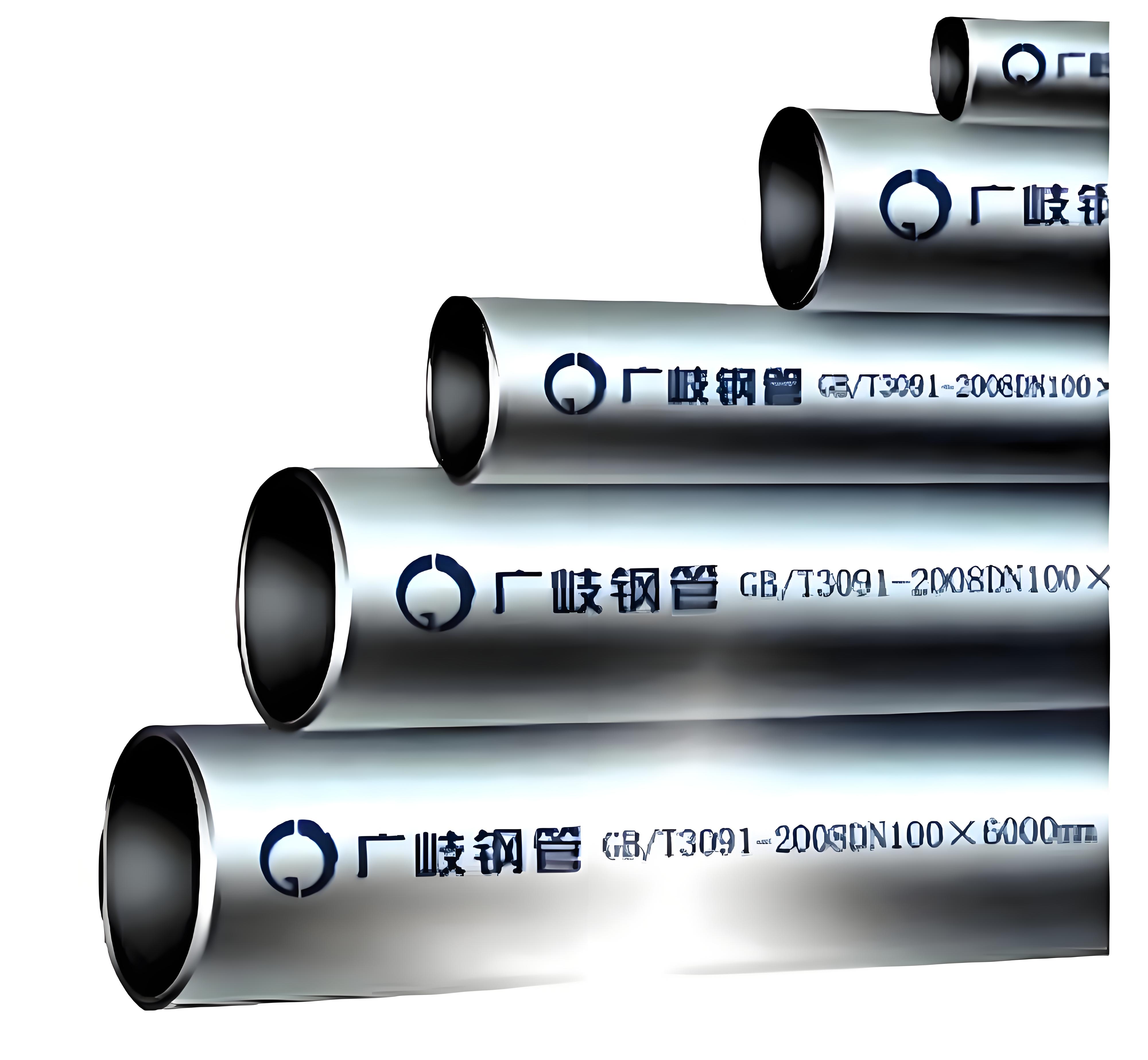Building Smart: Exploring the Most Cost-Effective Materials for Wall Construction
When embarking on a construction project, whether it’s a new home, a commercial building, or a simple garden shed, one of the most critical considerations is the cost of materials. Among the various components of a structure, walls are fundamental, serving both functional and aesthetic purposes. This article delves into the question: What is the cheapest material to build a wall with? We will explore various options, their costs, benefits, and potential drawbacks, providing a comprehensive guide for budget-conscious builders.
Understanding Wall Construction Materials
Before identifying the cheapest materials, it’s essential to understand the types of wall construction materials available. The choice often depends on factors such as local climate, building codes, and the intended use of the structure. Common materials include:
- Wood
- Concrete Blocks
- Brick
- Steel
- Drywall
- Insulated Panels
- Earth and Straw Bales
Cost Analysis of Common Wall Materials
- Wood
Wood is a traditional choice for wall construction, particularly in residential buildings. The cost of wood varies significantly based on the type (e.g., pine, oak, cedar) and market fluctuations. On average, softwood lumber can range from $2 to $5 per square foot. While wood is relatively inexpensive and easy to work with, it requires maintenance to prevent rot and pest infestations.
- Concrete Blocks
Concrete blocks are a popular choice for their durability and fire resistance. The average cost of concrete blocks is approximately $1 to $3 per square foot. They provide excellent insulation and are ideal for load-bearing walls. However, the labor costs for installation can be higher due to the weight and handling of the blocks.
- Brick
Brick walls offer a classic aesthetic and long-lasting durability. The cost of brick can range from $6 to $12 per square foot, making it one of the more expensive options. While bricks are low-maintenance and energy-efficient, the initial investment may not be suitable for budget-conscious projects.
- Steel
Steel framing is increasingly popular in commercial construction due to its strength and longevity. However, the cost of steel can be high, averaging around $5 to $10 per square foot. While it offers excellent structural integrity, the expense may deter some builders.
- Drywall
Drywall is a cost-effective option for interior walls, typically costing between $1 to $3 per square foot. It is lightweight, easy to install, and provides a smooth finish for painting. However, drywall is not suitable for exterior walls without additional protective measures.
- Insulated Panels
Insulated panels combine structural support with insulation, making them an efficient choice for energy-conscious builders. The cost ranges from $5 to $8 per square foot. While they can reduce heating and cooling costs, the initial investment may be higher than traditional materials.
- Earth and Straw Bales
For those interested in sustainable building practices, earth and straw bale construction offers an eco-friendly alternative. The cost can be as low as $1 to $3 per square foot, depending on local availability. These materials provide excellent insulation but may require more labor and expertise to construct properly.
The Cheapest Material: A Comparative Perspective
Based on the analysis, earth and straw bales emerge as one of the cheapest materials for wall construction, particularly for environmentally conscious builders. However, it’s crucial to consider the context of the project. For traditional structures, wood and drywall may offer the best balance of cost, availability, and ease of installation.
Additional Considerations
While cost is a significant factor, it’s essential to consider other aspects such as:
- Durability: Cheaper materials may require more frequent repairs or replacements.
- Insulation: Energy-efficient materials can save money in the long run.
- Local Regulations: Building codes may dictate the use of specific materials.
- Labor Costs: Some materials may require specialized skills for installation.
Conclusion
Choosing the cheapest material to build a wall with involves a careful analysis of costs, benefits, and project requirements. While earth and straw bales may offer the lowest initial investment, other materials like wood and drywall provide a practical balance of affordability and functionality. Ultimately, the best choice will depend on the specific needs of the project, local conditions, and long-term goals. By considering these factors, builders can make informed decisions that align with their budget and vision.

